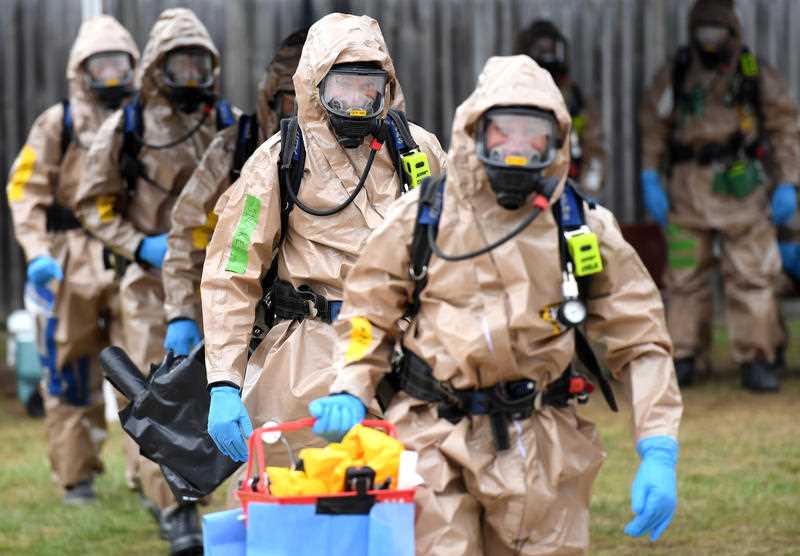Babies are getting potentially harmful PFAS chemicals with their milk and may also be drawing down on the stores in their mothers’ bodies, a conference in Adelaide has heard.
Scientists at the international event, focused on the planet’s contamination problems, have been told there’s very little data on PFAS concentrations in breast milk and formula.
But there’s no question the so-called forever chemicals are present in both – a reflection of the fact they are literally everywhere on Earth including inside the bodies of humans, animals, in food and in water supplies.
PFAS (Per- and Polyfluoroalkyl Substances) is a vast family of man-made chemicals associated with a range of serious human health risks. There are thousands of different types and they’re used in everything from food packaging and paints to make-up, shampoo and fabrics.
US-based researcher Judy LaKind said there was an urgent need for global data on PFAS loads in breast milk and formula.
“About 20 years ago, colleagues and I made a call for a national breast milk monitoring program in the US so we could begin to have a better understanding of infant exposures to environmental chemicals from breastfeeding,” she told delegates on Tuesday.
The program never eventuated and Dr LaKind said the lack of data was a global problem.
“I couldn’t find any breast milk concentration data for Australia,” she said.
“So, despite 20 years of knowing that PFAS are in most of us … and also being well aware that lactational transfer is a source of infant exposure … there are still important questions about breastfeeding-related exposure that we can’t answer.”
She says the data gaps must be plugged if scientists are to understand whether infants face risks from their earliest sources of food.
One critical question is whether using formula instead of breast milk can reduce exposure. Another is whether breast-fed infants might be drawing down on PFAS loads stored in their mothers’ bodies.
The jury is out on that.
“One study suggested that this in fact could happen with PFAS during breast feeding as they observed decreases in PFAS in the women they followed over the course of lactation,” Dr LaKind said.
“One other recent study also recorded a decrease in PFAS over the course of lactation, however, two other existing studies found differing results. These conflicting results really don’t allow us to say definitively.”
Dr LaKind said there was also a global imperative to look at PFAS in formula, so a comparison with breast milk could be made.
But she noted the inherent problem of working out PFAS concentrations in formula, given it’s often in powered form and mixed with tap or bottled water, which have their own PFAS loads.
“We don’t have sufficient information at this point to state with any confidence that one source of infant nutrition necessarily has lower PFAS levels than another.
“To date, the benefits of breast feeding in comparison to formula feeding have been recognised despite the presence of environmental chemicals. Research on both breast milk and formula is needed now.”
Dr LaKind stressed her comments were about exposing data gaps and were not to be used as the basis for weaning or avoiding breast feeding.
The International Cleanup Conference continues today, Wednesday 14 September.
By Tracey Ferrier in Brisbane



